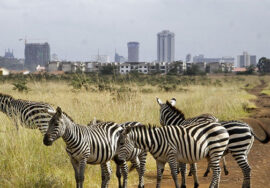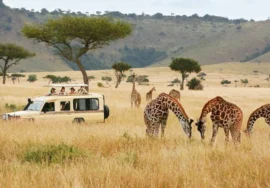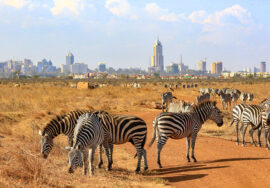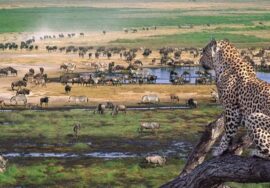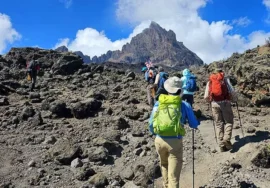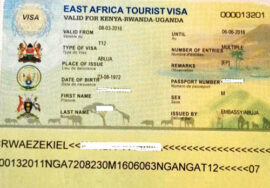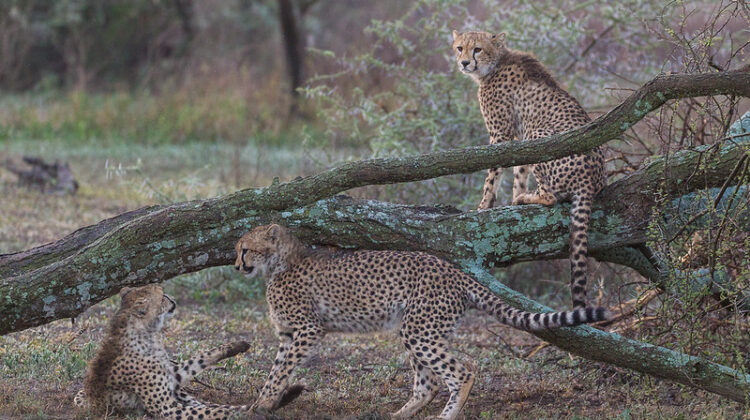
Year-round Safaris at Ndutu
Year-round Safaris at Ndutu, The huge, open plains in the southern Serengeti. Now add tens of thousands of wildebeests, zebras, gazelles, and other animals. And… these fields are full of animals, and there are also a lot of baby animals that are falling or taking their first steps.
In the place called Ndutu, this is the time of year when cows give birth. In December, the Great Migration starts, with millions of grazers moving south from the Masai Mara because of the rainy season and the lush greenery here. This time of year for births lasts until March.
The story of all these new lives is a very moving scene. All the big cats in the area have just had babies and are eager to feed them, which may make the situation even worse. So, this is how people in Ndutu try to stay alive at this wonderful time of the year.
But in a few months, all of the young will be walking and running with the herd. This is because the large groups of grazers are leaving for the north, leaving behind the predators and other animals that live in this part of the Serengeti all year.
The Beautiful Shades of Ndutu Ndutu is said to be easy on the eyes. Acacia forests, home to giraffes, monkeys, baboons, elephants, and antelope, grow where meadows rise and fall. Flamingos flock to the area’s alkaline lakes, making a field of pink birds.
Over 400 kinds of birds live here, so don’t be surprised if you see ostriches, cuckoos, storks, pelicans, herons, ibises, hawks, eagles, owls, vultures, buzzards, and many other small birds wherever you go in this busy part of Tanzania.
All of the big cats live in Ndutu all year, unlike the grazers that come and go. This means that any time of the year is a great time to go on tour to see these beautiful predators. During the dry season, they tend to gather around the drinking holes in the area.
There are many groups of lions in the area, as well as cheetahs, hyenas, caracals, and African wildcats. You might even be lucky enough to see a leopard relaxing on a tree branch or scampering through the bush at night.
The Time for Calving
But if you come here during this time of year when up to 8,000 wildebeest babies are born every day, you’ll see these animals go on the hunt. It’s not just the time of year when the grazers give birth. The predators have also had babies, and they are hungry. It’s amazing how nature works that way.
The big cats are drawn to the birthing fields by the sounds and sights of the thousands of young wildebeest, zebra, antelope, and other birds. But first, they have to get past the animal mothers who stand guard around their young and form a barrier to keep them out.
The next part is an emotional show of life between a grazer and a predator. In a strange way, though, this time of mass calving is a way that nature helps most of the babies stay alive. As the saying goes, “There’s safety in numbers.” This is true for animals: predators get what they want, leaving most of the babies alone to grow up and join the group.
You can visit Ndutu at any time of the year to see the huge number of animals that are busy and the amazing drama of survival that makes this area an important part of the Serengeti.

